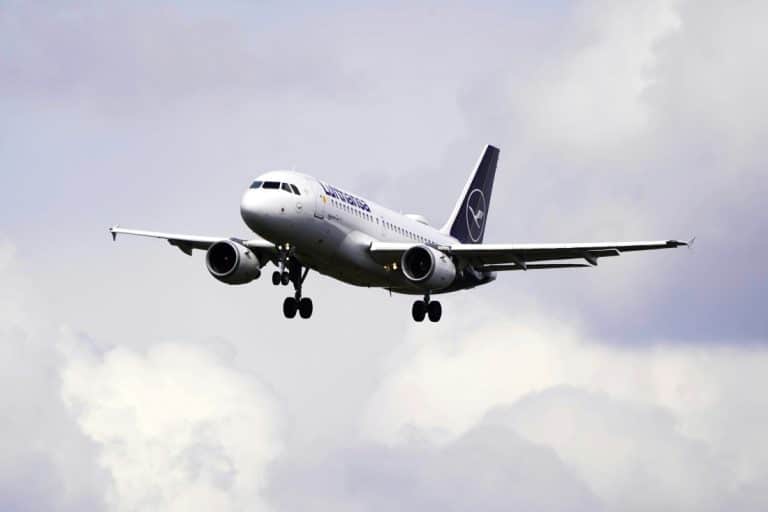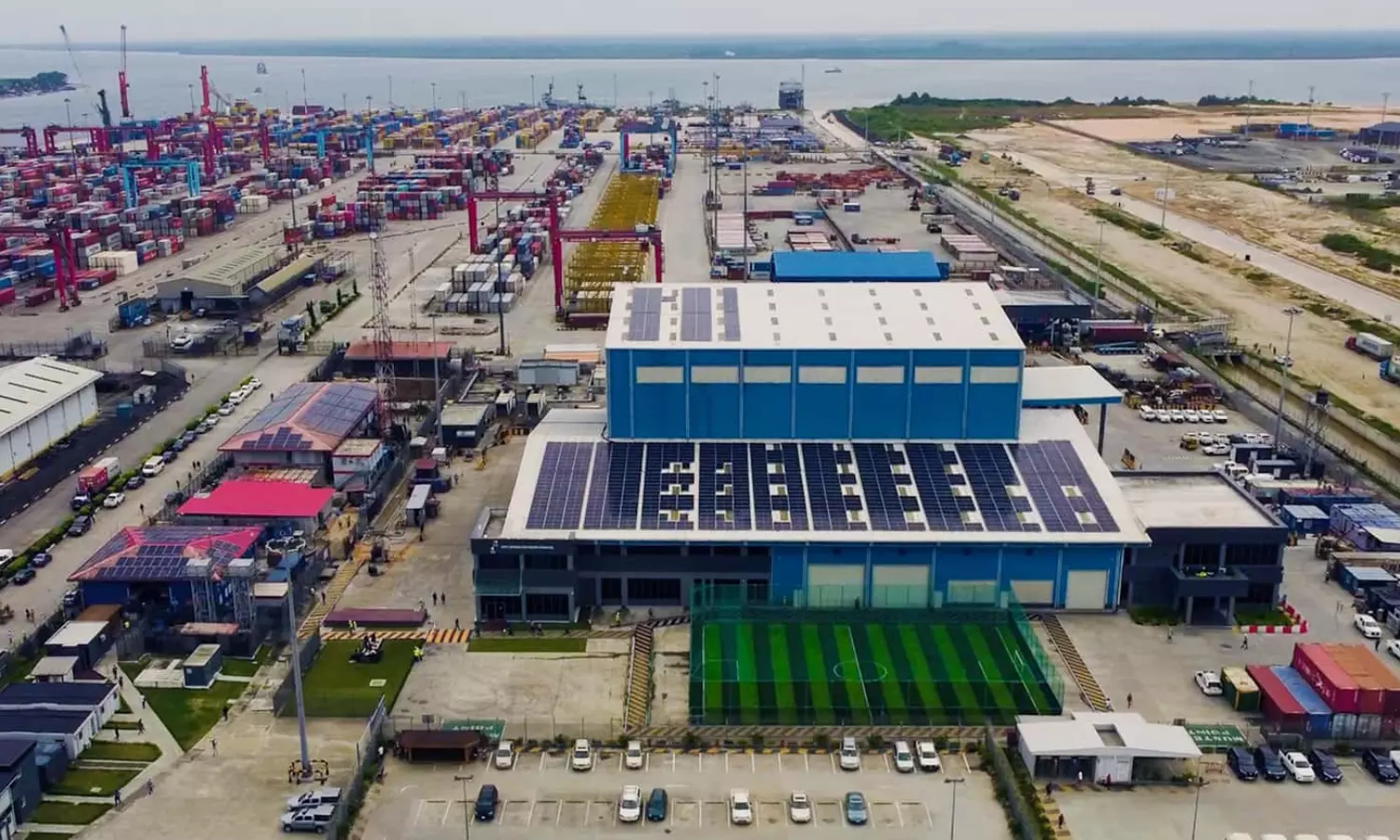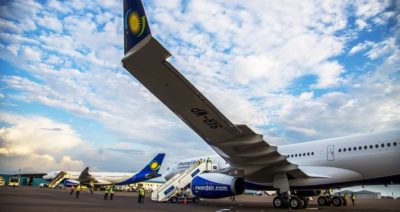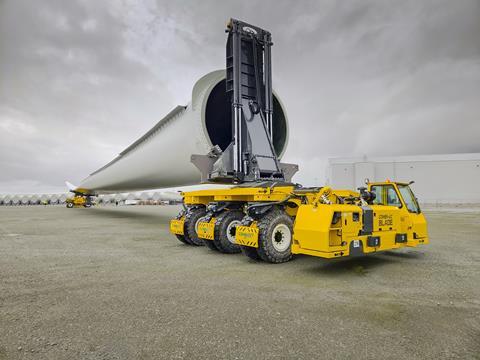Logistic

Air cargo climbs 5.8% in April, Middle East lags

Global air cargo demand grew by 5.8% year-on-year in April 2025, according to the latest data from the International Air Transport Association (IATA).
The increase, measured in cargo tonne-kilometres (CTK), was even stronger for international operations, which rose 6.5% compared to April last year. Capacity, meanwhile, climbed 6.3% overall and 6.9% internationally, reflecting a continued recovery in both demand and available space.
Jet fuel prices drive demand
IATA Director General Willie Walsh, said the rise was driven by seasonal demand for fashion and consumer goods including front-loading ahead of US tariff changes, and lower jet fuel prices. “With available capacity at record levels and yields improving, the outlook for air cargo is encouraging,” he said.
Jet fuel prices dropped 21.2% compared to April 2024, marking the third consecutive monthly decline. Lower energy costs, combined with seasonal trade movements and expanding capacity, have created more favourable conditions for air cargo.
The global manufacturing PMI also edged up to 50.5 in April, suggesting modest industrial growth, although export orders slipped to 47.2, indicating some underlying weakness.
Middle East posts slowest growth
Despite a positive month overall, Walsh warned of continued trade hurdles ahead. “Shifts in trade policy, particularly in the US, are already reshaping demand and export dynamics. Airlines will need to remain flexible as the situation develops over the coming months,” he said.
On the regional front, Asia-Pacific airlines posted a 10.0% rise in cargo demand, with capacity up 9.4% year-on-year. Latin American carriers recorded the highest growth of any region at 10.1%, followed by Africa (4.7%), North America (4.2%), and Europe (2.9%). Middle Eastern airlines reported the slowest growth, with demand rising just 2.3% despite a 5.5% increase in capacity.
The muted performance in the Middle East may reflect slower traffic on key trade lanes. Traffic between the Middle East and Europe declined by 4.6% year-on-year, and Africa-Asia routes—critical for transshipment—also contracted. This drag offset gains on stronger corridors such as Middle East-Asia, which rose 6.7%.
Europe-Asia leads trade lanes
All major international trade lanes saw year-on-year growth in April except for Middle East–Europe (-4.6%), Africa–Asia (-7.9%), and intra-Europe (-8.8%). The Europe–Asia corridor led the way with an 11.3% increase, continuing a 26-month streak of growth. North America–Europe followed with a 9.6% rise, while Middle East–Asia traffic climbed 6.7%. Within Asia, demand rose 10%, marking 18 consecutive months of growth.
Asia–North America traffic also improved for a second month, up 1.9%, while intra-Asian and transatlantic routes remain strong contributors to the global air cargo network.
With global industrial production rising 3.2% in March and cargo demand continuing to outpace overall trade growth, the signs point to a resilient sector navigating complex and shifting global dynamics.












